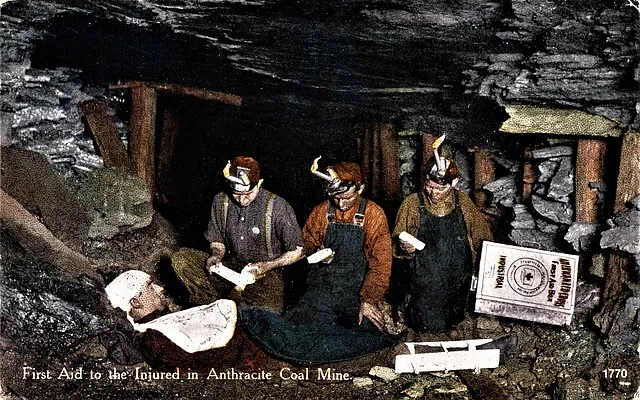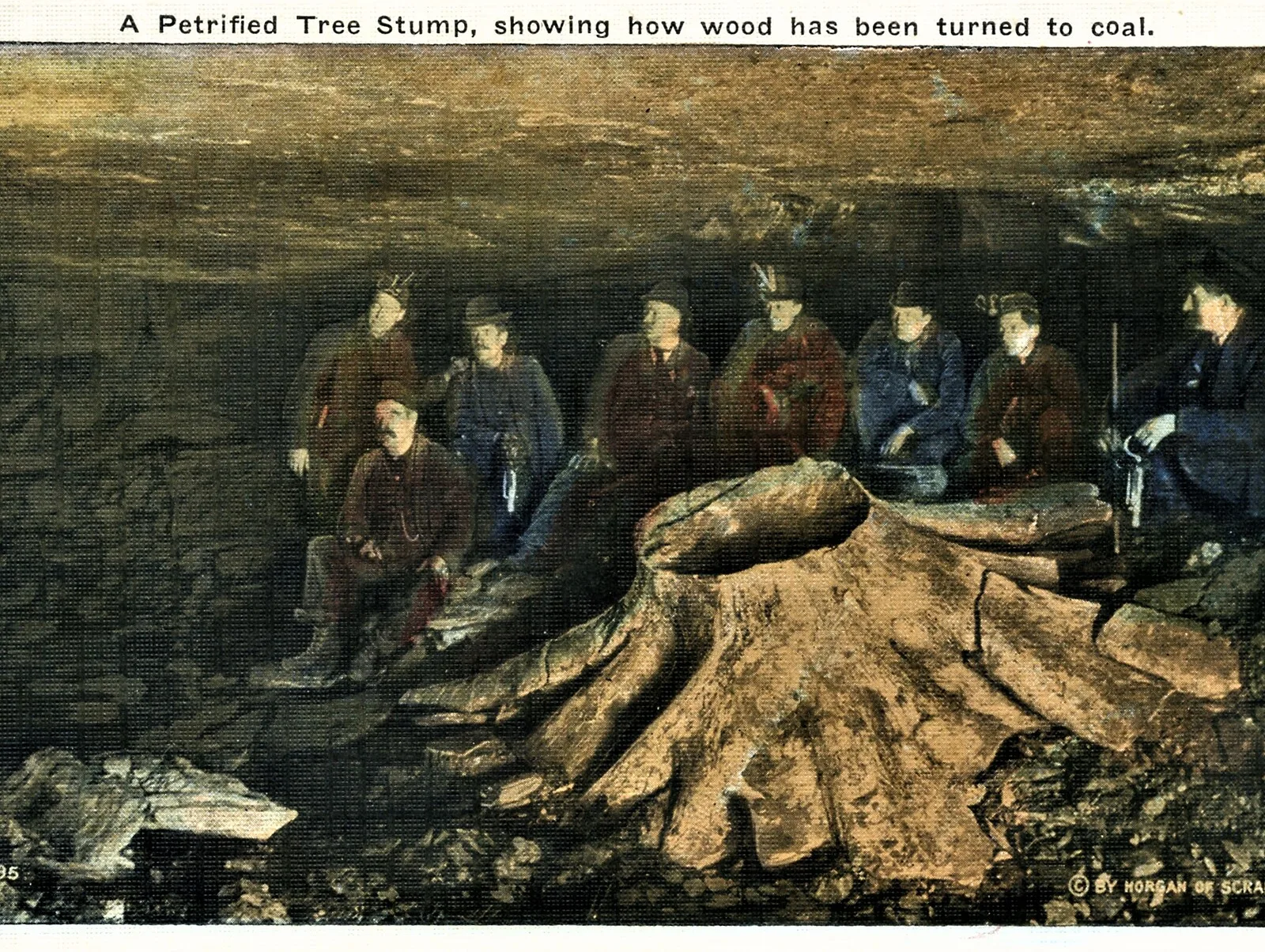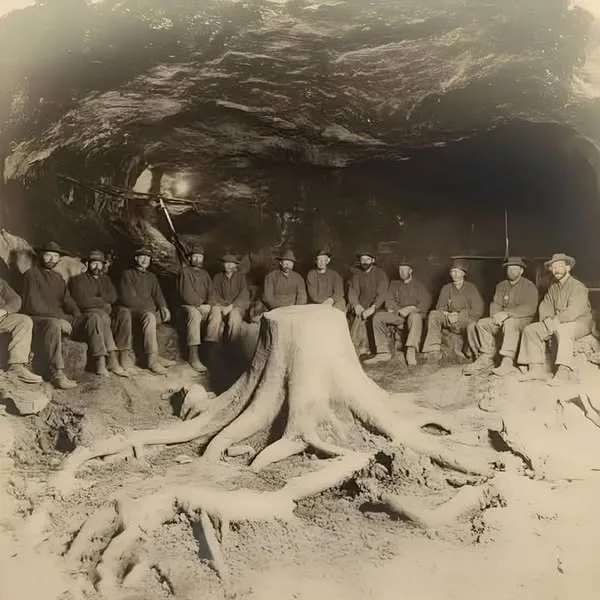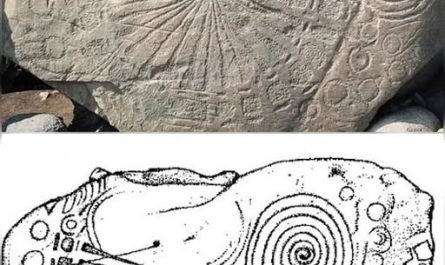The Wilkes-Barre Petrified Stump: A Carboniferous Time Capsule
In 1918, miners working deep within the coal seams of Wilkes-Barre, Pennsylvania, unearthed a remarkable relic: a petrified tree stump, preserved for approximately 300 million years. This fossil, dating to the Carboniferous Period (358–299 million years ago), offers a vivid glimpse into a time when Pennsylvania was a lush, swampy expanse of towering forests. Encased in coal, the stump is a testament to the ancient ecosystems that fueled the formation of fossil fuels and a striking reminder of the deep history beneath our feet.

A Window to the Carboniferous
During the Carboniferous Period, the region that is now Wilkes-Barre was a tropical, wetland-dominated landscape, teeming with dense forests of giant ferns, clubmosses, and early seed plants. These swampy environments, rich in organic matter, were periodically submerged, burying plant material under layers of sediment. Over millions of years, heat and pressure transformed this biomass into coal, preserving fragments of the ancient forest—like the Wilkes-Barre stump—as fossilized remnants. The stump, likely from a tree-like plant such as a lycopod, captures the structure of a long-lost ecosystem.

The Discovery in the Depths
The petrified stump was discovered within a coal seam, a fitting context given that coal itself is the fossilized remains of Carboniferous vegetation. The miners, likely accustomed to finding smaller fossils like leaves or bark, were astonished by the size and clarity of the stump, which retained details of its woody structure. Its preservation is a result of rapid burial in an oxygen-poor environment, which prevented decay and allowed minerals to infiltrate the plant tissue, turning it to stone. This find highlights the intricate interplay of geological processes that created both the fossil and the surrounding coal.

Significance and Insights
The Wilkes-Barre stump is more than a curiosity; it’s a key to understanding the Carboniferous world. The period’s lush forests played a critical role in shaping Earth’s atmosphere, as their photosynthesis reduced carbon dioxide levels and boosted oxygen, enabling the rise of large terrestrial animals. The stump also underscores the origins of coal, a resource central to the Industrial Revolution and modern energy systems. By studying such fossils, scientists gain insights into ancient climates, plant evolution, and the processes that formed fossil fuels, which remain economically significant today.
A Legacy Beneath Our Feet
The Wilkes-Barre petrified stump connects us to a Pennsylvania unrecognizable today—a verdant, swampy world where giant plants thrived. Its discovery in a coal mine, a place of human labor and industry, juxtaposes the ancient past with the present, reminding us that the resources we extract are rooted in deep time. Now likely preserved in a museum or collection, the stump stands as a symbol of the Carboniferous legacy, urging us to reflect on the natural processes that have shaped our planet and the resources we depend on.


